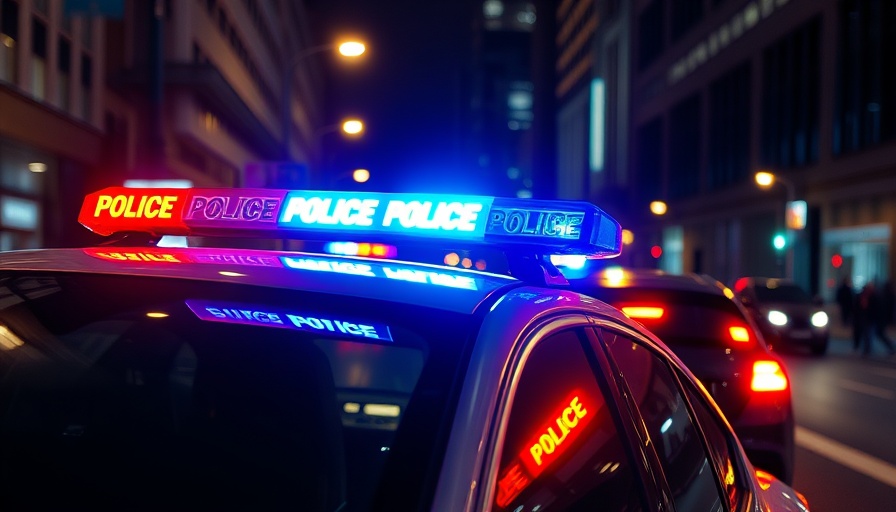
A Community Shaken: Morning Shooting in Ingleside
In the early hours of Monday, May 5, 2025, the Ingleside community in San Francisco witnessed yet another incident of gun violence, leading to the death of one man and injuries to another. The shooting unfolded around 3:01 a.m. on the 1900 block of Sunnydale Avenue, a once-bustling area that is currently undergoing a significant transformation.
Understanding the Context
The victim, a male, was pronounced dead at the scene while a second victim was transported to a nearby hospital with injuries deemed non-life-threatening. As the Sun rises on another day, the San Francisco Police Department (SFPD) has yet to identify the shooter, raising pressing questions about public safety at a time when overall crime rates, surprisingly, have shown a downward trend in the city.
For context, reports indicate that this shooting comes just days after another fatal incident in the Mission District, now under investigation as well. Should both incidents be classified as homicides, this recent shooting would mark the seventh homicide in San Francisco for 2025, a stark contrast to the eleven homicides recorded by the same time last year.
The Discrepancy in Crime Rates
While the frequency of homicides raises eyebrows, it is crucial to recognize the broader narrative surrounding crime rates in San Francisco. This year has seen a notable 17% decrease in violent crime and a 30% drop in property crime according to current statistics. These figures are promising amidst the backdrop of this tragic incident, but they also illuminate a complicated relationship between community security and perceptions of safety.
A Neighborhood on Edge
Residents in the Ingleside area are understandably shaken. Historical data reveals that neighborhoods undergoing reconstruction, like the Sunnydale housing complex, may experience increased unrest as changes in demographics and housing can disrupt local social structures.
Crime incidents not only impact immediate safety but also affect the community's mental health. Parents, in particular, may express heightened anxiety over their children's safety in a city that should represent hope and opportunity. The statistics may paint one picture, but the lived experiences of families amidst such violence tell a far more somber narrative.
Reinforcing Community Safety
As this shooting illustrates, engaging local communities in promoting safety become an indispensable part of reducing violence. Programs focused on youth engagement, public safety awareness, and community ties can serve to mend the fractures within neighborhoods, making them safer for families, especially in troubled sectors like Ingleside.
Moreover, neighborhood initiatives and city council decisions that address educational updates, community developments, and local crime reports could significantly contribute to fostering a sense of trust and security among residents. When communities are equipped with resources and a proactive mindset towards public safety, they thrive even in the face of adversity.
Looking Ahead: A Call for Action
With the investigation ongoing, the SFPD is urging anyone with information related to the shooting to contact their office. Engaging the community in active participation—whether through volunteer outreach or simply sharing information—could be what it takes to regain control over the safety narrative in San Francisco. You can report any leads by calling 1-415-575-4444 or sending a text to TIP411, starting your message with SFPD. The resilience of a community can often turn the tide against violence, fostering a collective spirit that makes neighborhoods safer for all.
Conclusion: Community Matters
While incidents such as this morning's tragic shooting in Ingleside disrupt the sense of security, they also serve as a reminder for collective action and vigilance amongst residents. It will take continuous effort and community involvement to not only support victims but to work towards crafting a safer, more unified San Francisco. The stories of these incidents—the grief, the fear, and the eventual triumph of community over violence—remain critical in guiding the future of our neighborhoods.
 Add Row
Add Row  Add
Add 




 Add Row
Add Row  Add
Add 

Write A Comment